Move over, Gen Z—there’s a new baby on the block—and he’s technically your elder.
An Ohio couple recently welcomed a son conceived from an embryo frozen for 31 years, setting a new record for the longest-frozen embryo to result in a successful birth.
Thaddeus Daniel Pierce was born on July 26 to Lindsey and Tim Pierce of London, Ohio. But his story begins all the way back in 1994—when The Lion King hit theaters, dial-up internet reigned supreme, and Bill Clinton was in the White House.
According to The Columbia Dispatch, Thaddeus’ embryo was created that year through IVF by Linda Archerd, now 62, who had undergone fertility treatment with her then-husband. After giving birth to a daughter, Archerd chose to donate the remaining embryos to the Snowflakes Embryo Adoption Program, run by the Nightlight Christian Adoptions agency.
Fast-forward to 2024: The donated embryo was successfully transferred to Lindsey Pierce, who became pregnant three decades after the embryo was first frozen.
Lindsey Pierce told The Associated Press:
“We didn’t go into this thinking about records -- we just wanted to have a baby.”
Records aside, the timeline is mind-bending. Lindsey and Tim were both toddlers in 1994, meaning their son’s embryo technically predates their earliest memories.
According to ABC News medical contributor Dr. Alok Patel, the age of the embryo is often not considered a health risk:
“If these eggs are frozen properly and they are thawed and pass screening, they can be just as healthy as an embryo created today.”
Thaddeus' birth is a testament to the advancements in IVF and the long-term potential and viability of embryo cryopreservation for families struggling with infertility.
And for those who slept through sex ed class—don’t worry, I got you. According to The American College of Obstetricians and Gynecologists, in vitro fertilization (IVF) is basically high-stakes medical matchmaking for eggs and sperm—done in a lab, instead of a bedroom.
Doctors retrieve eggs from the ovaries, fertilize them outside the body, and then either implant the resulting embryos into a uterus or pop them in the freezer for later use. Success rates depend on a bunch of factors (age, number of tries, luck, money, vibes), but if you’re under 35, you’ve got about a 51% shot at embryo transfer working.
As for the Pierces, they’re now settling into life with baby Thaddeus, while the internet had a field day.
From '90s baby jokes to generation gap memes between mother and embryo, social media reacted exactly as you’d expect.
Meanwhile, IVF continues to make its way into political discourse. During his 2024 campaign, former President Donald Trump declared himself the “father of IVF” and vowed to make the costly process more accessible.
In August 2024, Trump promised in a town hall in La Crosse, Wisconsin:
“The government is going to pay for [IVF], or we’re going to get — we’ll mandate your insurance company to pay for it, which is going to be great. We’re going to do that. We want to produce babies in this country, right?”
But according to The Washington Post, no actual policies have been proposed or pushed by Trump’s team to mandate insurance coverage. The reality is, IVF can cost anywhere from $15,000 to $30,000 per cycle, and multiple cycles can push the price tag to $50,000 or more—well out of reach for many Americans.
Still, at least for the Pierce family, science, persistence, and a little faith brought Thaddeus into their lives—31 years after he first came to be.

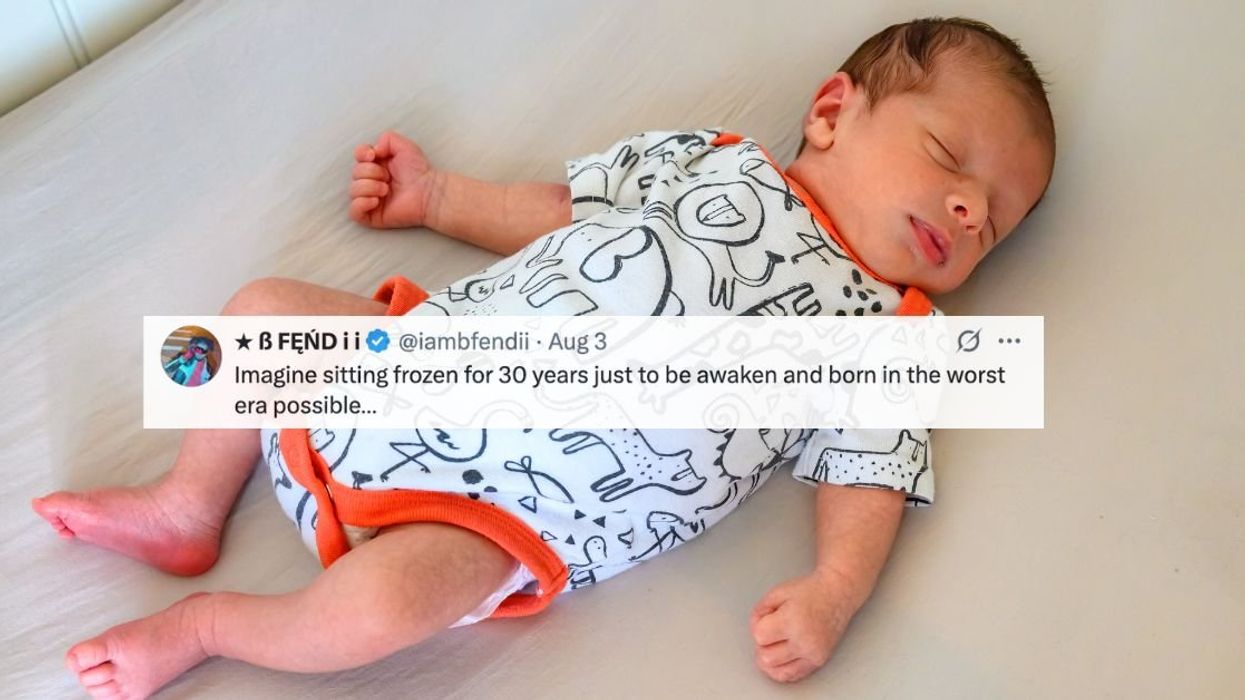


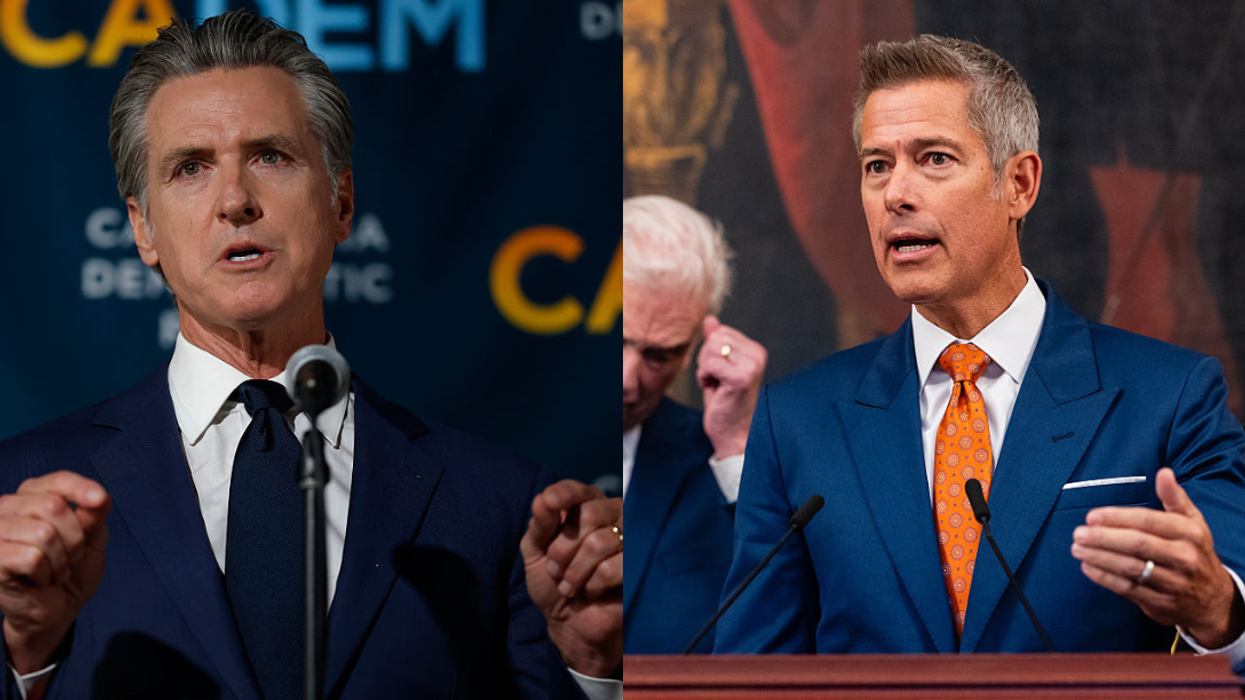

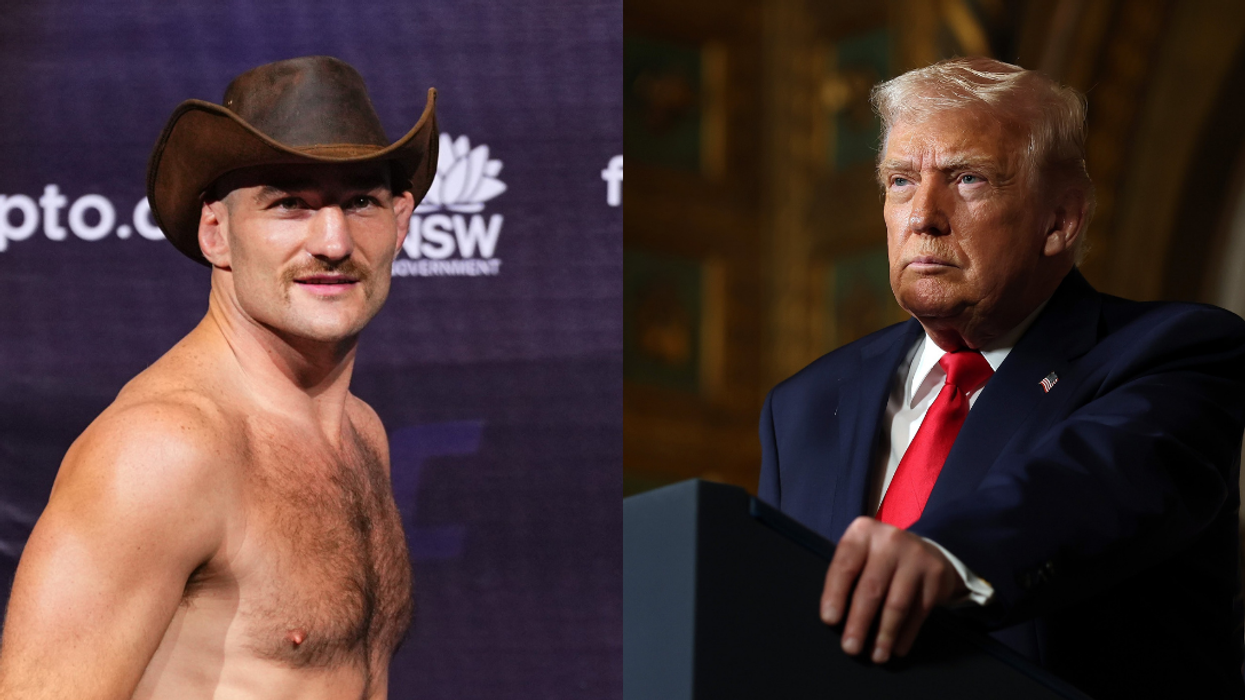



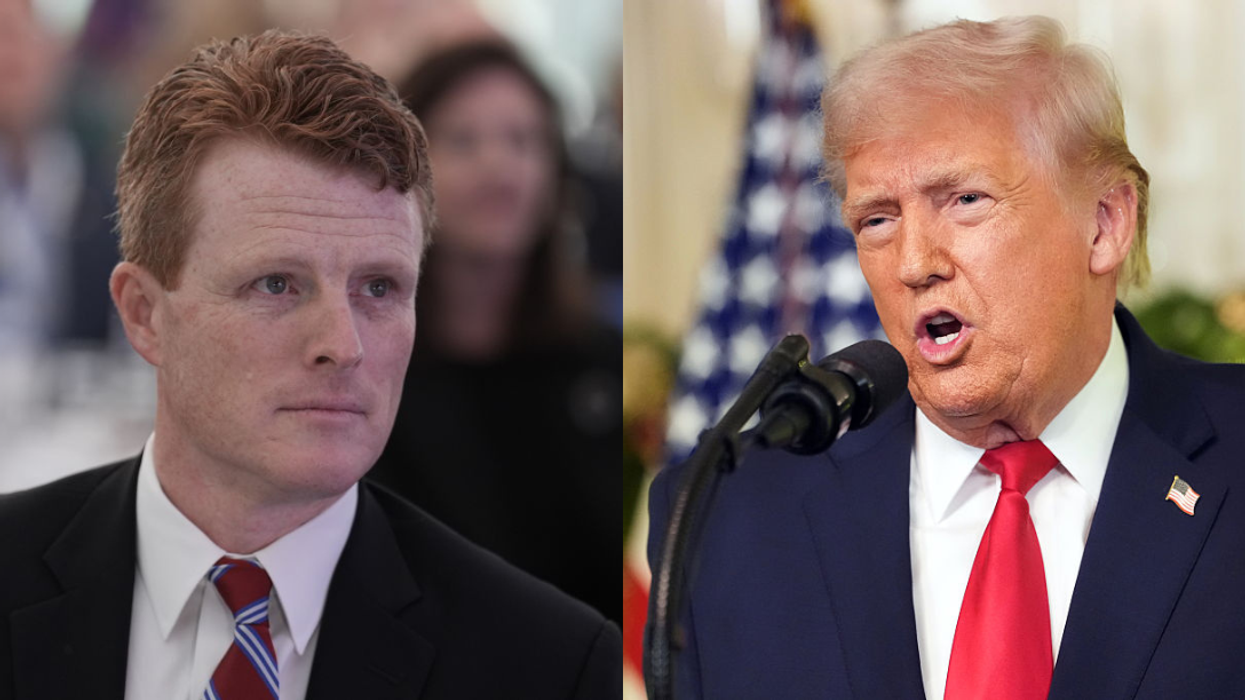
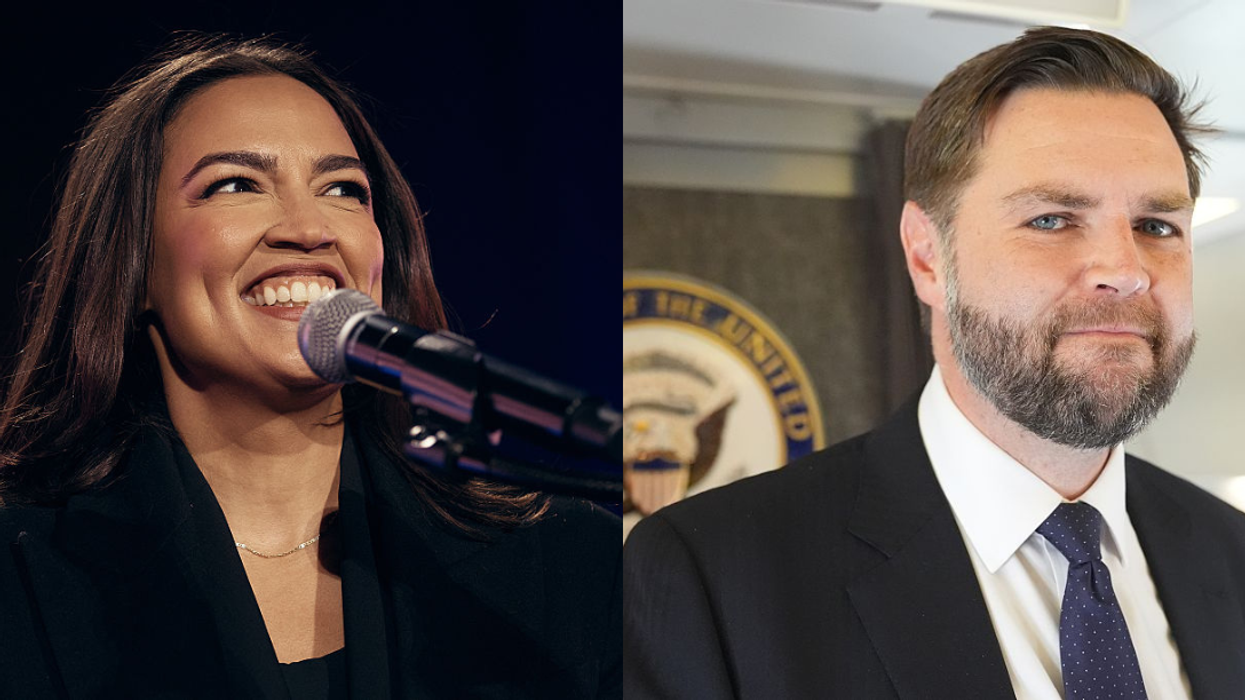


 Hide Blanket GIF by Instanietje
Hide Blanket GIF by Instanietje  Foam Reaction GIF
Foam Reaction GIF  Mental Health Therapy GIF by All Better
Mental Health Therapy GIF by All Better 

 Friday Driving GIF by FIA World Rally Championship
Friday Driving GIF by FIA World Rally Championship  episode 11 bad food GIF
episode 11 bad food GIF  talking homer simpson GIF
talking homer simpson GIF 
 Cartoons Button GIF by Nickelodeon
Cartoons Button GIF by Nickelodeon 
 @DanTML_/YouTube
@DanTML_/YouTube @voeqx7894/YouTube
@voeqx7894/YouTube @hendrxx9593/YouTube
@hendrxx9593/YouTube @anakinskywalker8877/YouTube
@anakinskywalker8877/YouTube @getshiddonn/YouTube
@getshiddonn/YouTube @sachmanyo/YouTube
@sachmanyo/YouTube